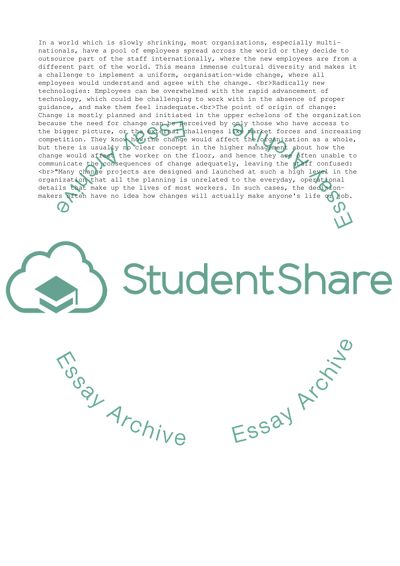Cite this document
(“Change Management Essay Example | Topics and Well Written Essays - 2500 words - 1”, n.d.)
Change Management Essay Example | Topics and Well Written Essays - 2500 words - 1. Retrieved from https://studentshare.org/management/1537508-change-management
Change Management Essay Example | Topics and Well Written Essays - 2500 words - 1. Retrieved from https://studentshare.org/management/1537508-change-management
(Change Management Essay Example | Topics and Well Written Essays - 2500 Words - 1)
Change Management Essay Example | Topics and Well Written Essays - 2500 Words - 1. https://studentshare.org/management/1537508-change-management.
Change Management Essay Example | Topics and Well Written Essays - 2500 Words - 1. https://studentshare.org/management/1537508-change-management.
“Change Management Essay Example | Topics and Well Written Essays - 2500 Words - 1”, n.d. https://studentshare.org/management/1537508-change-management.


